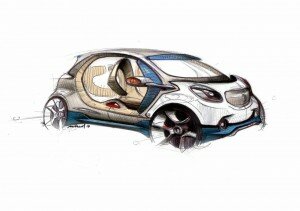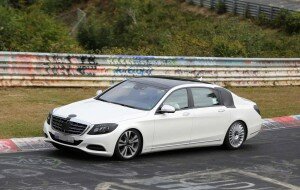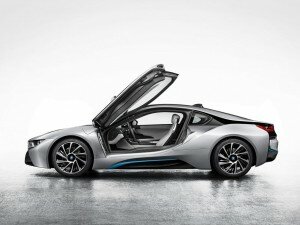








Volvo has since the eighties working to implement some type of flywheel system in their cars, but so far there had not been enough technology to make it commercially viable.
Two years ago, the Swedish firm received nearly one million euros by the government of their country to work in the development of a device of this type that could end up being marketed.
The flywheel system promises consumption reductions of about 25%.
After a preliminary study on the benefits of the system, Volvo expected consumption reductions of around 20%. After the study, we built a first unit, weighing about six pounds, and was installed in a Volvo S60 four-cylinder engine with gasoline.
Behind all 2012 by testing “field,” says Volvo that the system offers still greater reductions in consumption. After optimizing its operation is achieved up to 25% lower fuel consumption combined with gains especially important in urban journeys.
Volvo KERS system is installed on the rear axle of the car. During braking, the combustion engine is decoupled from the front wheels and the rear wheels KERS used as a generator to charge its kinetic energy flywheel.
On acceleration, this stored energy is “released” to the same rear wheels, with a peak power reaching up to 80 horses.
Given the results, Volvo suggests the intention to produce this system that many other brands tested, as Jaguar, but that has not come, for now to any production car worldwide.











![2014 BMW X5 M50d [1]](/wp-content/uploads/2013/08/2014-BMW-X5-M50d-1-300x199.jpg)











